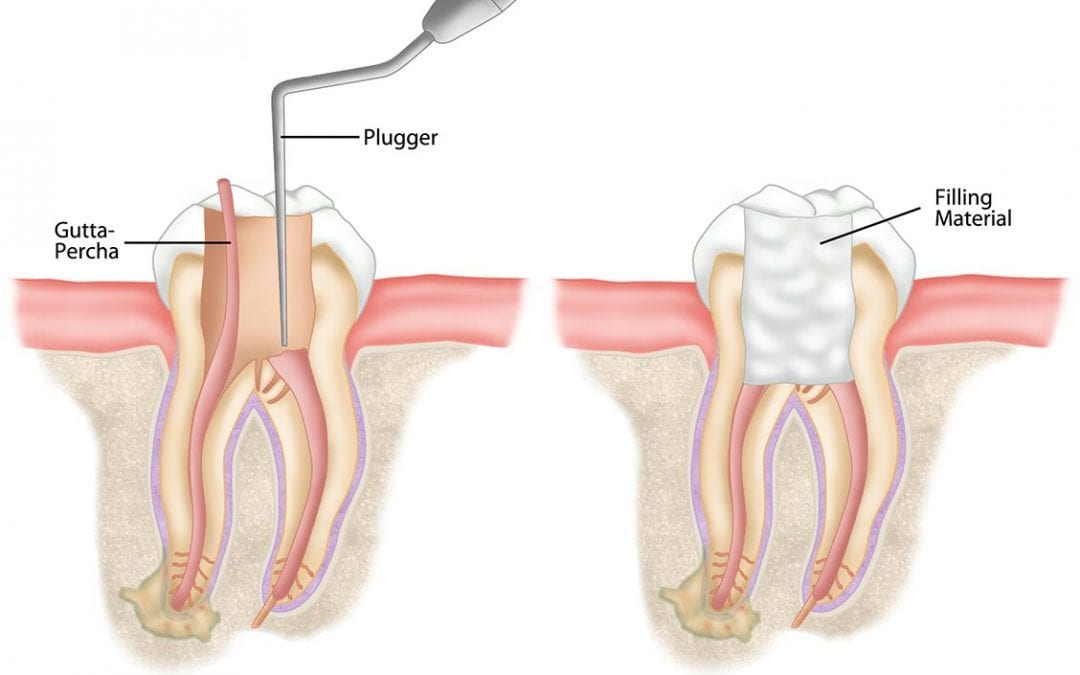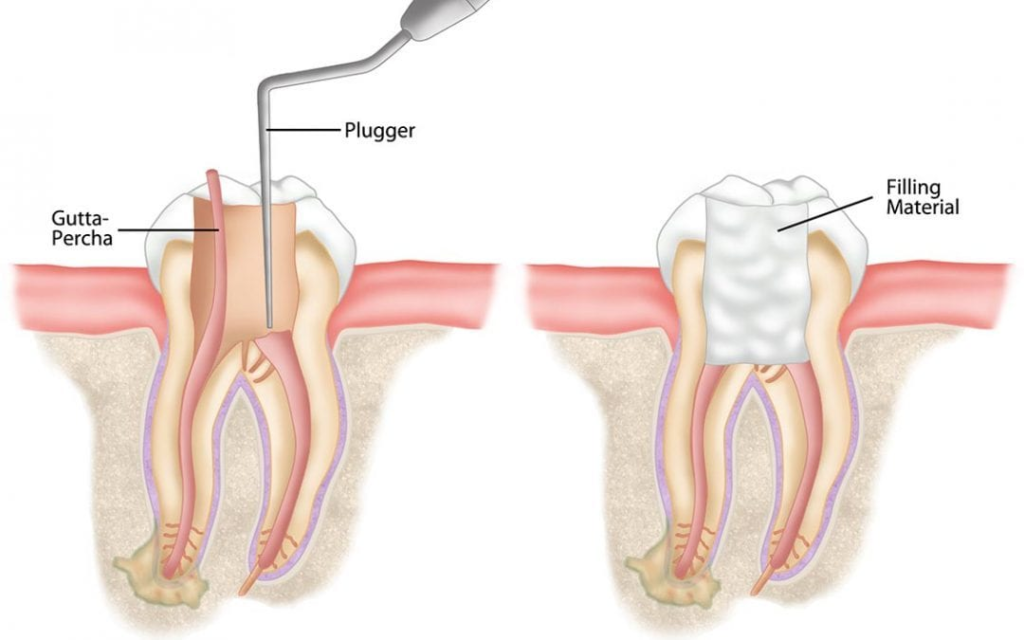We know what it’s like to have the fear of not being able to go to the dentist for any sort of discomfort. Every year, 15% of people don’t go to the dentist because they fear what will happen. Are you a part of that group?
We all have a time in our lives when we experience toothache. There are many reasons why these toothaches take place such as internal or external injuries, and unhealthy habits. The enamel on human teeth is one of the strongest out there, yet they can still be affected; well, every tooth has a soft spot that can get affected.
If you feel any discomfort or pain, and you leave it be, the situation could get worse. Hence, it can affect the blood vessels, the cavity can go deeper, and the risk of losing a tooth is higher.
When it comes to treating tooth decay, both tooth extraction and root canal work wonders. Shall we learn the differences between root canal vs tooth removal and make the decisions at the right time?
Signs that Say You Might Need a Treatment like Tooth Extraction vs. Root Canal:
When a tooth is badly infected or broken, both procedures come in handy. Here are some signs that you might need a root canal or extraction.
- If you’re feeling a sharp or severe pain when you bite or chew, that is when you need to get it checked out.
- A tooth that is broken or chipped.
- Inflamed gums
- When you are not able to tolerate cold or hot foods and drinks.
- Loss of teeth
- Bumps on the gums
But before you take any advice from us, it is important you visit the dentist first. Similarly, make sure you are getting your regular dental care and cleanings from a professional. They will tell you what suits best between tooth extraction and root canal treatment best. If you are struggling with any of these signs, seek help from Hammond Dent.
The Difference Between Tooth Extraction vs. Root Canal Treatment:

Tooth Extraction:
Tooth extraction involves the complete removal of a damaged or problematic tooth from its socket. This procedure is typically recommended when a tooth is severely infected, or extensively damaged, or when there is overcrowding in the mouth.
While it may seem like a drastic measure, tooth extraction becomes necessary when saving the tooth isn’t feasible, and it could potentially jeopardize your overall oral health. After extraction, your dentist may discuss options for replacing the missing tooth, such as dental implants or bridges.
Root Canal Treatment:
On the other hand, root canal treatment is a more conservative approach to addressing dental issues. This procedure focuses on preserving the natural tooth structure. During a root canal, the infected or damaged pulp inside the tooth is removed, and the tooth is cleaned, disinfected, and sealed.
Root canals are often recommended when the tooth can be saved, allowing you to maintain your natural smile and bite. They are especially effective for cases where the tooth’s root is affected, causing severe pain or inflammation.





